One million square meters of offices and housing facilities are to be expected in La Defense so as to make it become a rival of London’s “City” district. But this is only the tip of the iceberg of what could become the most important revolution in Paris urbanism since the work of Baron Haussmann in the late nineteenth century.
‘Hotspot’ Logic
Part of Sarkozy’s plan is to make the La Defense financial district, at the Western “corner” of Paris, the major economic hub of the Grand Paris. To support this, transportation infrastructure will be built to create a direct link with both Orly and Charles de Gaulle airports. La Defense could also become Paris Central station for all national super-fast trains (French “TGV”), housed in Paris Dauphine University. This would be no less than a complete remodeling of the infrastructure and economic dynamics of the Paris region. South of Paris, the Saclay plateau, where several major public research centers are based, would become Paris’s scientific hub. And to the north, Saint-Denis city would become house to creative works.
To link these hotspots as well as other “spots of excellence” and cities, more than 80 miles of railways, mostly subways running automatic trains at 50 mph around Paris, will be built.
In 2010, a public debate shall serve as an idea incubator for the project. Mind you if you think time for talking will last—this is not the habit of President Sarkozy: in October this year, a new law will be submitted to the French Parliament so as to fasten the tender process and have the concrete operations started by 2012.
“The goals are so broad that we need new procedures,” said Sarkozy to the press. “This law will accelerate the process so as to avoid lengthy discussions and unending debates.”
Kyoto as a Model
A dozen of teams of architects and urbanists have already been working to draft a proposal that prepares for a “green” Grand Paris, respectful of the environment. According to this project, nearly 1 million trees would be seeded around the Charles de Gaulle airport to create a new “lung” to the Paris area. Large areas would also be kept from new building so as to create large public parks, using as a model Manhattan Central Park.
The Cost Issue
All of this will cost no less than 35 billion euros (nearly US$50 billion) for the transport infrastructure only. Sarkozy fully justifies the spending: “Versailles did cost a lot at the beginning, and was largely criticized. Yet seeing all the money generated from it, I would say it was worth the investment,” quoted BFM radio.
If it is clear that the national loan expected to be started by the government before the end of the year will provide some fuel to the investment needed, it is much less clear how far such fuel will go. Gilles Sarrez, Member of the Parliament in charge of evaluating funding possibilities, is confident that 25 to 27 billion euros (US$35–38 billion) will be found from now to 2025. That should be the amount needed for “Arc Express,” a new ring transportation system around Paris. As for the missing tens of billions that are supposed to fund a transportation network that links hot spots of activity, the issue remains as of today a “financial dead end.”
The Ile-de-France region, which includes Paris, generates one third of France’s interior revenue and is home to one fifth of the French population. For the 12 million French leaving there, the “Grand Paris” should become a reality in a little bit more than 15 years.
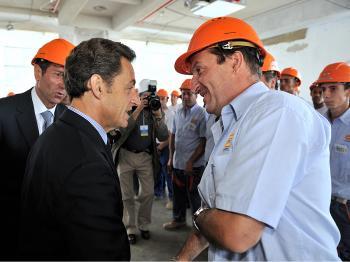
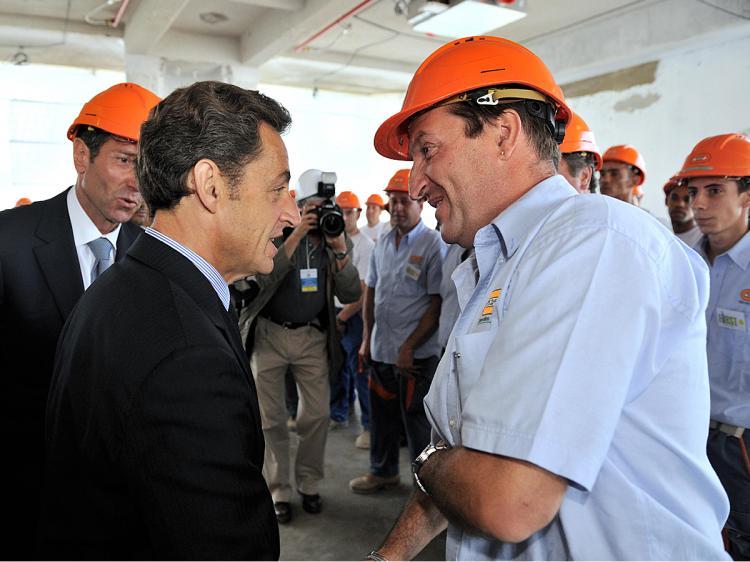
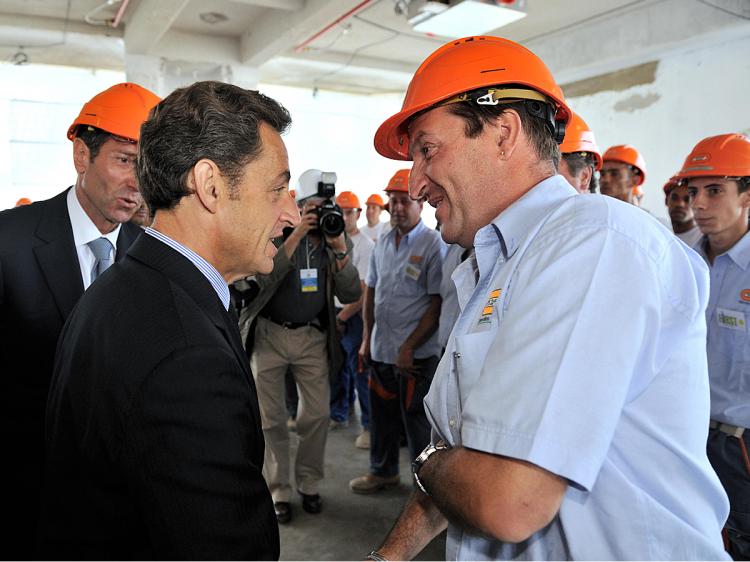
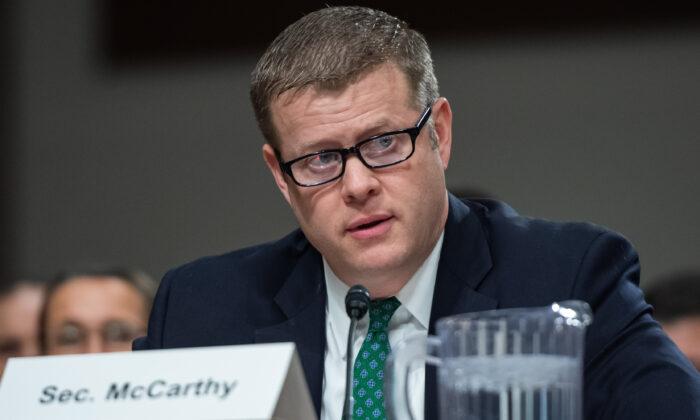
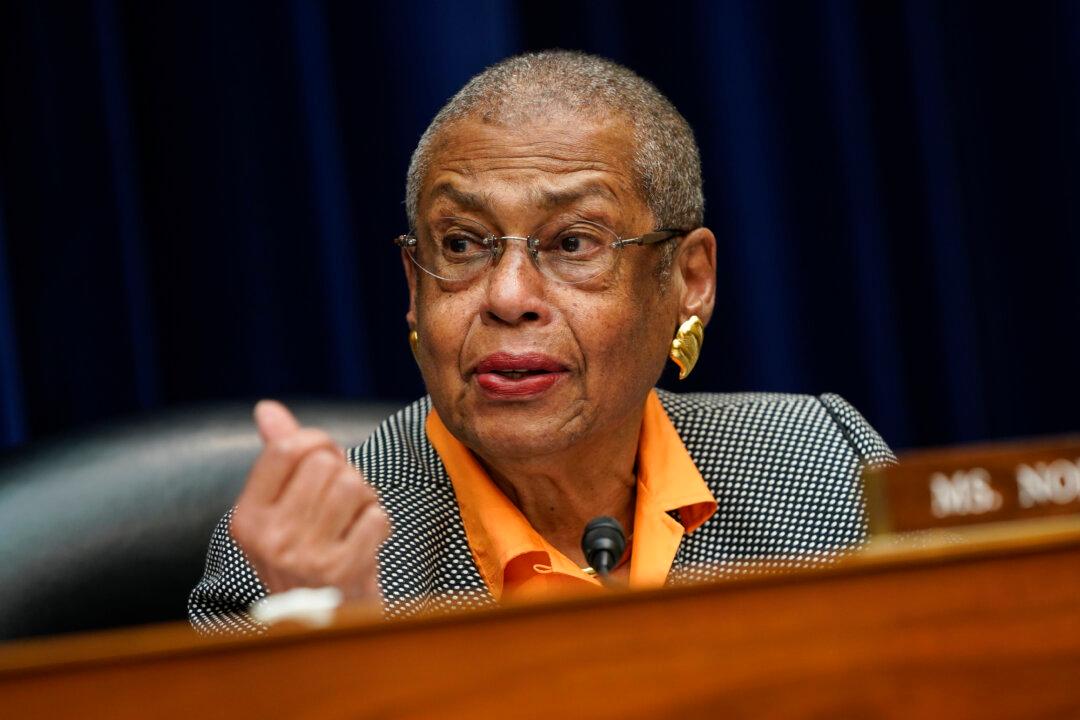


Friends Read Free